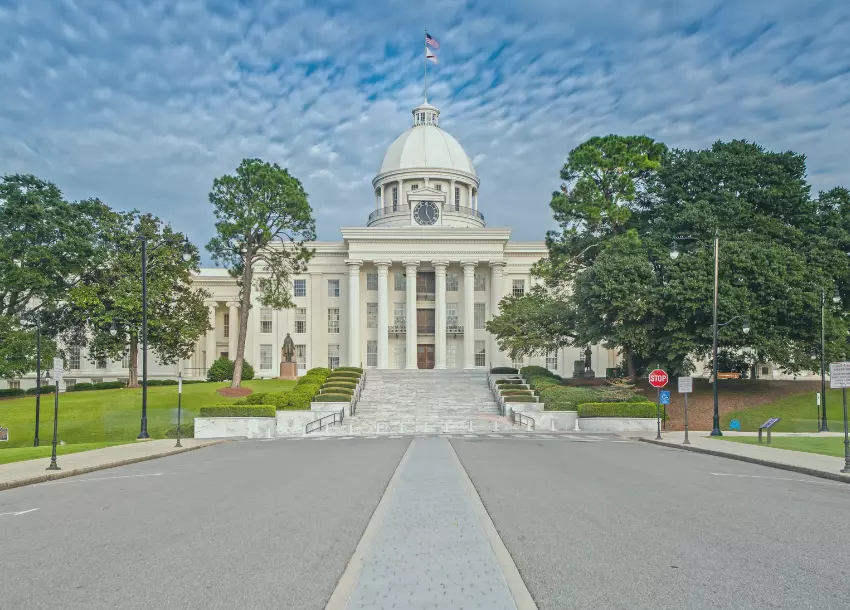The America Invents Act, Ten Years After Enactment - Part 1: “First Inventor to File”
Ten years ago, on September 16, 2011, the America Invents Act (“AIA”) became law. This article is the second in a multi-part series of articles on the significant changes introduced by the AIA and the results of those changes.
The Patent Reform Act of 2007, enacted as the AIA four years later, was introduced in the 110th Congress by the Honorable Howard L. Berman of California. In his introduction, he quickly came to his point: “…[T]he current patent system is flawed.” He was not alone in his criticism, and identified others who had also been critical of the then-current system. There were also increasing calls for harmonizing aspects of US patent law with the laws of other countries.
Congressman Berman added that he “firmly believed that robust patent protection promotes innovation.” His view echoed the words of Abraham Lincoln – “The patent system added the fuel of interest to the fire of genius.”[1]
The bill he introduced was expected to accomplish three goals: improve patent quality, eliminate patent litigation abuses, and increase harmonization of US Patent law with the laws of other countries.
A key provision of the AIA -- the “marquee” proposed change -- was an alteration of the definition of who could be the “applicant” of a patent application. The applicant still had to be an “inventor.” [2] However, the change required the inventor to be the first inventor to file a patent application.
Historically, the entity allowed to apply was the “original” or “first” inventor. The AIA could potentially deny the original inventor a patent if she had waited too long to file her patent application. The applicant still had to be an inventor, as opposed to a copyist, but did not necessarily have to be the original inventor, only the first inventor to file an application for that invention.
This change was highly controversial. It seemed unfair to many that the original inventor could be denied a patent just because a later inventor filed her patent application first. Imagine the disadvantage to inventors living in states distant from the US Patent Office (Hawaii, for example, or inventors residing outside the US), when it could take a week or longer for the patent application to arrive at the US Patent Office. Worse yet, inventors living away from urban areas may not have ready access to patent attorneys to help them prepare the patent application. There was a genuine concern for “the little guy”—the individual inventor who doesn’t have access to the resources of big companies with in-house patent counsel. Could the little guy survive in a “first inventor to file” system?
However, the advantage of harmonizing US law with the patent laws prevalent elsewhere in the world was also a compelling goal and it competed with the “first to invent” rule. The change to “first inventor to file” would eliminate a major difference with the laws of most other countries. Moreover, the argument for switching to the “first-inventor-to-file” rule was aided by a few purely practical considerations. Even under the current US patent law, patent applications were assigned to examiners essentially in order of arrival, rendering the existing process a de facto “first-inventor-to-file” system. A later-inventor-to-file could challenge the earlier inventor through an “interference process”-- a proceeding intended to determine which applicant was the original inventor. These procedures were extremely rare, according to the AIA legislative history, p1177, amounting to less than 0.000034% of all applications received in the three years prior to the introduction of the Patent Reform Act legislation. And only one applicant in those three years had been able to demonstrate that he was the “first-to-invent” and thus able to overturn a patent issued to the filer of an earlier patent application. Interference proceedings were also expensive (then typically $400,000 not counting the cost of an appeal), and generally out of reach of “the little guy.”
The availability of provisional patent applications, a type of patent application enabled by a previous amendment to the US Patent Act, provided another argument in favorable to harmonization. Provisional applications could be used to mitigate the adverse effect of switching from “first-to-invent” to the “first-inventor-to-file” rule.
Provisional patent applications were first permitted by the American Inventors Protection Act of 1999. Provisional applications are patent applications filed in the US Patent and Trademark Office, but, unlike non-provisional (regular) patent applications, they are not examined. However, they are granted a priority date that corresponds to the date they are filed for the invention they describe, and their filing dates can be claimed as the “effective” filing date for a later, regular patent application. The informality and lower preparation costs of provisional patent applications enabled any inventor a chance to obtain an official, earlier priority date than otherwise possible with a formal patent application.
Finally, continuing use of the “first-to-invent” rule had another problem. How does an inventor know if she is the first-to-invent? A patent search may help, but there are millions of issued patents and published patent applications just in the US – and millions more elsewhere throughout the world, and the prior art also includes the world’s accessible technical literature. An inventor who files a patent application believing herself to be the first-to-invent might never discover that her patent can be invalidated by prior art, or she may make that discovery only at the worst time possible from a commercial standpoint. Her patent would suddenly become invalid and unenforceable.
The first-inventor-to-file rule would limit the number of conflicts over inventorship because it eliminates all inventors who did not file earlier or file at all. The filing date (and time) is known and the issue of invention can be decided by what is within the four corners of the application.
Ultimately, “it was the ‘Sense of Congress,’ in Section 3, (o) and (p) of the AIA, that led to the conversion of the patent system to convert from ‘‘first-to-invent’’ to a system of ‘‘first-inventor-to-file’’ to:
promote the progress of science and the useful arts by securing for limited times to inventors the exclusive rights to their discoveries[3] and provide inventors with greater certainty regarding the scope of protection provided by the grant of exclusive rights to their discoveries; and
improve the United States patent system and promote harmonization of the United States patent system with the patent systems commonly used in nearly all other countries throughout the world with whom the United States conducts trade and thereby promote greater international uniformity and certainty in the procedures used for securing the exclusive rights of inventors to their discoveries.—America Invents Act, Section 3(o) and 3(p)
[1] Lincoln was a patentee/genius for a device to lift boats over shoals – US 6469 issued May 22, 1849
[2] The concept of an “inventor” was characterized by one court as “one of the muddiest concepts in the murky metaphysics of patent law.” (Mueller Brass Co. v Reading Industries, Inc., 352 F Supp. 1357, 1372 (E. D. Pa 1972).
[3] From Article I, Section 8, claims 7 of the US Constitution
About Maynard Nexsen
Maynard Nexsen is a full-service law firm of nearly 600 attorneys in 31 locations from coast to coast across the United States. Maynard Nexsen was formed in 2023 when two successful, client-centered firms combined to create a powerful national team. Maynard Nexsen’s list of clients spans a wide range of industry sectors and includes both public and private companies.









